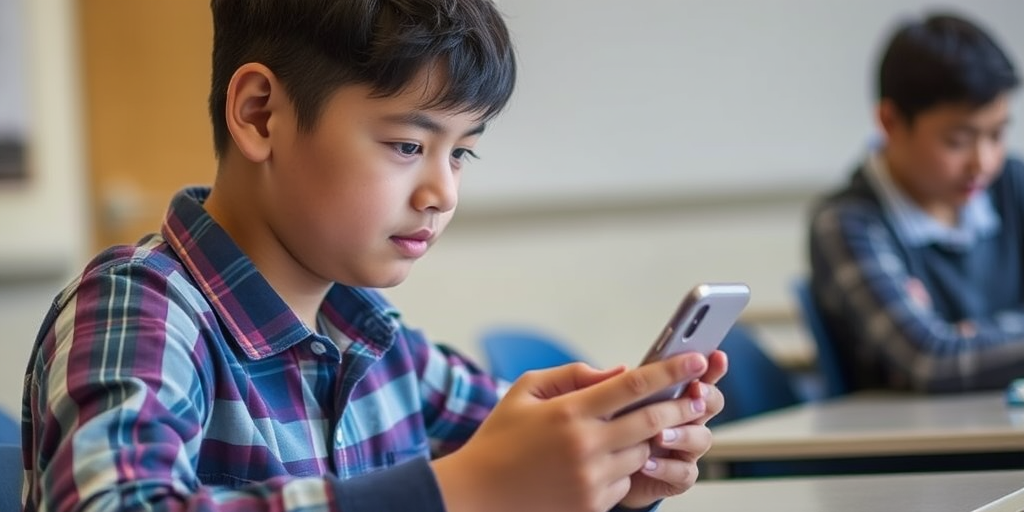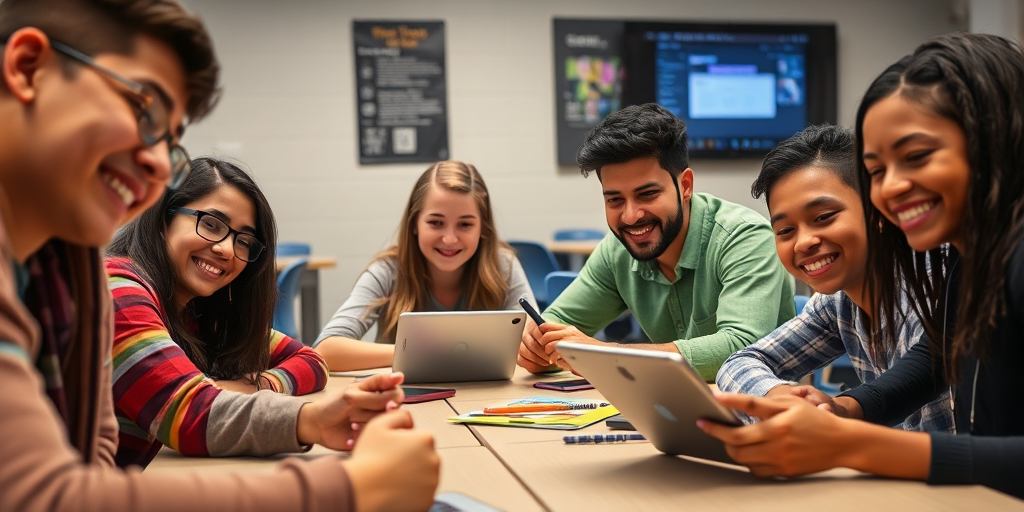Have you ever wondered how social media transforms learning landscapes overnight? In my journey, I’ve seen platforms like WhatsApp and LinkedIn revolutionize both traditional classrooms and online academic culture. Digital education impact drives a connected learner performance, seamlessly blending interactive tools with conventional education. My research reveals that despite inherent challenges, social media excels in reshaping educational experiences and enhancing virtual classroom communication. In this article, I explore how these innovations balance distraction and digital learning, ultimately revolutionizing the way we approach education.
Enhancing Learning Through Social Media in the Classroom and Digital Platforms: The Impact of Social Media on Learning and Education

The digital transformation in classrooms has reshaped my experience of education, enabling dynamic interactions and innovative teaching methodologies. Digital tools now integrate virtual classroom communication seamlessly into daily academic routines. Social media platforms foster cyber academic engagement and support interactive digital study, making learning more immediate and collaborative. This evolution in computer-facilitated instruction not only modernizes the delivery of course materials but also mitigates traditional barriers to academic collaboration.
- Social media apps like WhatsApp facilitate instant assignment reminders and group discussions
- Tools such as Zoom and other video conferencing platforms enable real-time interactive lectures
- Professional networks like LinkedIn assist in forging academic and career connections
- Dedicated platforms support the sharing of multimedia course materials and research resources
- Instant feedback through chat functions enhances collaborative problem solving
- Virtual study groups encourage deep engagement and provide on-demand academic support
These innovations contribute to a more responsive learning environment by breaking down the physical boundaries of the classroom. I have observed that students actively participate in over 50 different WhatsApp groups, turning digital platforms into hubs of collaboration and support. Faculty members leverage these communication channels to stimulate interactive discussions and ensure that instructional materials are accessible at all times. The integration of these tools reinforces a sense of immediacy and connectedness, where learning becomes a shared, proactive experience rather than a passive reception of information. In my view, the adoption of these digital strategies encourages educators and learners alike to embrace a more flexible and engaging academic landscape, enhancing both teaching practices and student success.
Challenges and Limitations of Social Media on Learning and Education: Overcoming Distractions and Privacy Concerns
Students and institutions face significant hurdles when integrating social media into educational practices. Rapid communications and persistent alerts can erode concentration during lectures and study sessions, while frequent technical issues add further strain to digital learning. Cyberbullying and privacy issues amplify the challenges, as personal information may be exposed in online academic environments. These factors contribute to an academic landscape where digital tools—although beneficial—require careful management to avoid compromising learning outcomes.
- Distraction from constant notifications that interrupt focus and learning continuity
- Privacy concerns stemming from insufficient data protection measures
- Cyberbullying incidents that disrupt student confidence and academic engagement
- Technical limitations such as reduced-duration sessions and unsteady internet connectivity
To mitigate these issues, educators and institutions are adopting strategic solutions that integrate technology-enhanced academic practices with stringent digital policies. Many students have begun experimenting with turning off non-essential notifications and using designated study periods paired with reward systems after uninterrupted sessions. Faculty members are also enforcing structured online environments, moderated discussion forums, and clear protocols for reporting cyberbullying incidents. Advanced monitoring tools and shorter, more focused digital sessions are being implemented to counter technical glitches during live classes. By acknowledging and addressing the multifaceted challenges presented by social media, academic communities are working towards preserving decisive learning while still benefiting from the collaborative and connected nature of digital platforms. These adaptive strategies not only enhance cyber education trends but also promote an online academic culture that is safe, responsive, and conducive to focused, interactive study.
Final Words
In the action, I walked through social media’s evolution in education—its early adoption, rapid integration into digital classrooms, and the dynamic balance of benefits with challenges.
I shared practical milestones, detailed strategies, and acknowledged privacy and distraction hurdles.
This exploration reveals how The Impact of Social Media on Learning and Education continues to shape engaging, digitally-driven academic ecosystems.
I leave you with optimism for continued growth and innovative solutions that transform traditional learning into extraordinary digital experiences.
FAQ
Q: How does social media positively impact education?
A: Social media enhances education through global collaboration, instant resource sharing, and real-time feedback. Students can join study groups, access educational content, and connect with subject matter experts worldwide.
Q: What are the key benefits of social media in learning?
A: Social media platforms facilitate personalized learning experiences, enable immediate communication between students and teachers, and support interactive discussions. They also increase parental involvement and provide access to diverse educational resources.
Q: How much time do students spend on academic social media?
A: Students typically spend 8-12 hours daily on social media platforms for academic purposes, including group collaborations, assignment discussions, and accessing educational materials through various channels.
Q: What challenges do students face with social media in education?
A: Major challenges include constant notifications disrupting focus, potential cyberbullying, privacy concerns, and technical issues during online sessions. These distractions can impact learning effectiveness.
Q: What strategies help manage social media distractions in learning?
A: Effective strategies include using ‘do-not-disturb’ mode, implementing structured online group sessions, establishing dedicated study times, and utilizing reward systems for focused learning periods.
Q: How do educators use social media for teaching?
A: Educators utilize dedicated platforms to share course materials, facilitate interactive discussions, provide instant feedback, and create collaborative learning environments through institution-wide communication channels.
Q: How does social media support global education?
A: Social media breaks down geographical barriers, enabling students to participate in international study groups, access worldwide educational resources, and engage with diverse perspectives and teaching methods.
